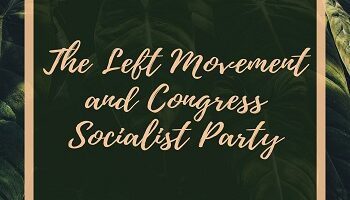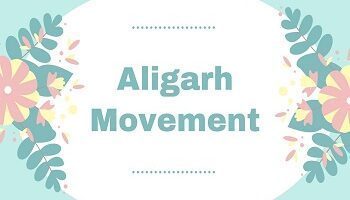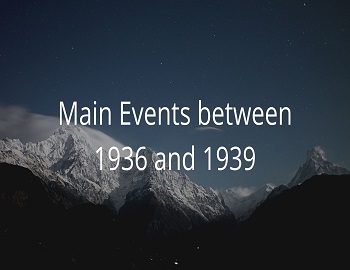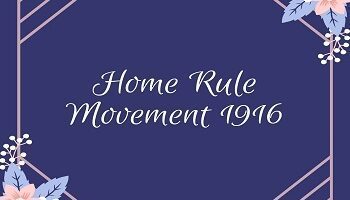Kheda Satyagraha:
The scene of Gandhi’s second Indian satyagraha was much nearer his home, the Gujarat district of Kaira (Kheda). In 1917 excessive rain considerably damaged the Kharif crop. The result was a poor harvest. To it was added the outbreak of a severe epidemic of plague. The people hardest hit were landless labourers. Though the cultivators were entitled to a remission of the land revenue under the law, it was withheld by the Government.
The Kaira agitation happened in two phases: the period of appeal to the Government (December 1917-March 1918) and the actual satyagraha (March-June 1918). The period of appeal degenerated into a verbal battle, the government stand is that the situation did not warrant remission or suspension of revenue collection. Gandhi and his assistants collected statements in the districts. On the basis of these enquiries, he requested the postponement of revenue collection and the establishment of an independent enquiry. As the government refused to yield, Gandhi inaugurated Satyagraha urging the people to take a sacred pledge not to pay the land revenue. Among his principal associates were Vallabhbhai Patel (who came into prominence on this occasion and later played a very important role in the struggle for freedom) and Mahadev Desai (who later became Gandhi’s private secretary). Patel, a Barrister-at-law, became a link between the peasantry and the educated classes.
The government yielded and a compromise was reached. It was ordered that no land should be forfeited to cover arrears, that no fine should be exacted if revenue was not paid in full and that arrears could be carried forward to the next year’s account.
Gandhi called off the Satyagraha on June 6, 1918. Gandhi was not happy with Kaira Satyagraha as it did not leave the Satyagrahis ‘stronger and more spirited’ than they were even before. However, its significance was not lost to succeeding generations. As Gandhi wrote on April 15, 1918 “There is no mistaking the fact that India is waking up from its long sleep. The Ryots do not need to be literate to appreciate their rights and their duties. They have but to realize their invulnerable power and no Government, however strong, can stand against their will. The Kaira Ryots are solving an Imperial problem of the first magnitude in India. They will show it is impossible to govern men without their consent”.
In Kaira, the wealthiest farmers were the Patidars and they formed the core of the Satyagraha. As Gandhi wrote later “Dr Beasant’s brilliant Home Rule agitation had certainly touched the peasants, but it was the Kheda campaign that compelled the educated public workers to establish contact with the actual life of the peasant. They learnt to identify themselves with the latter. They found their proper sphere of work, their capacity for sacrifice increased. That Vallabhbhai found himself during this campaign was by itself no mean achievement.
However, the Kaira Satyagraha received open criticism as it was launched during the continuance of the First World War. The Servants of India Society opposed Gandhi and wrote “The very grave situation renders the carrying on of a passive resistance movement at this juncture particularly inexpedient’.








![Montagu Declaration or August Declaration [1917] 9 August Declaration-1917](https://gkscientist.com/wp-content/uploads/2020/10/August-Declaration-1917-350x200.jpg)
Comments (No)